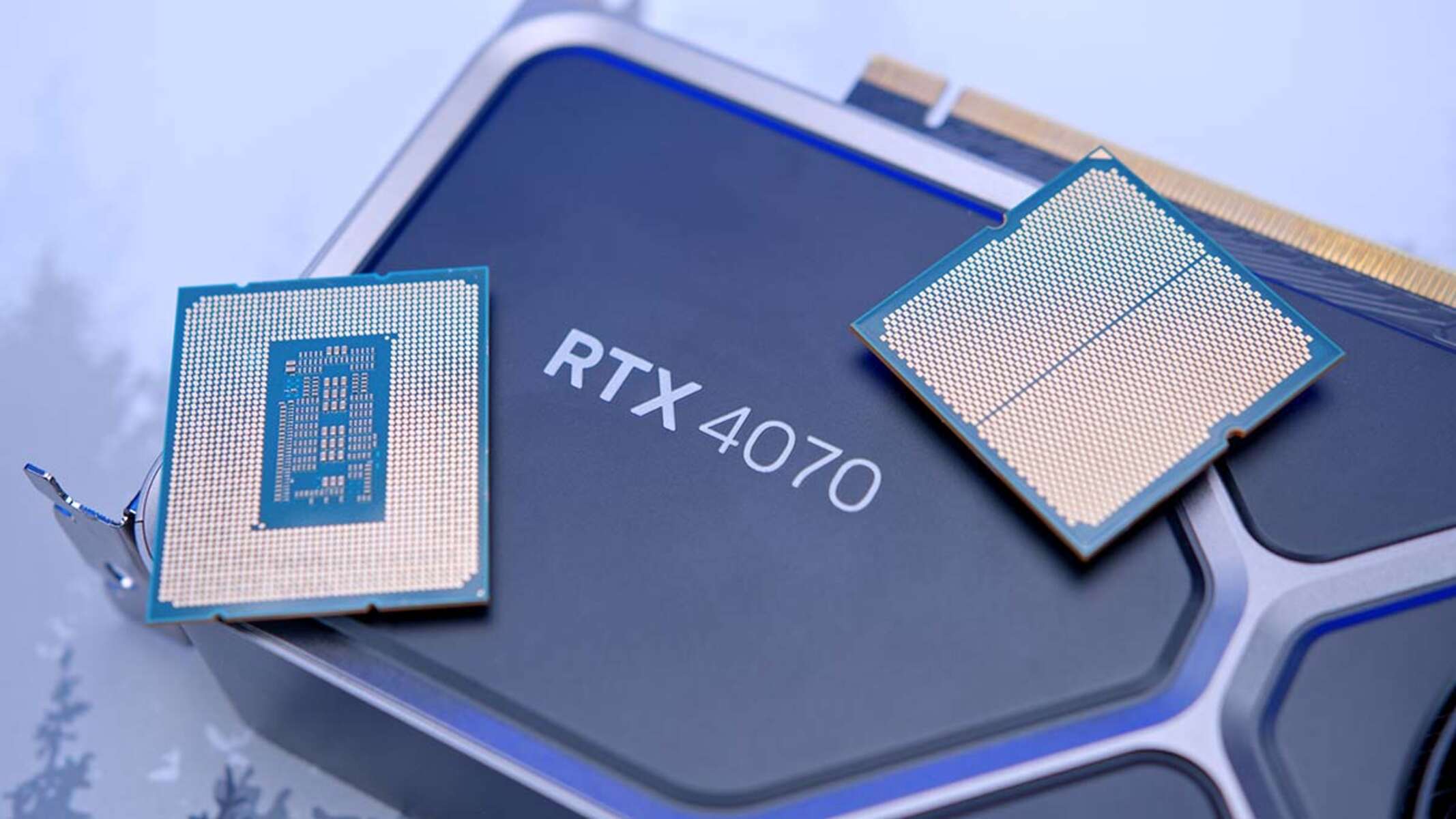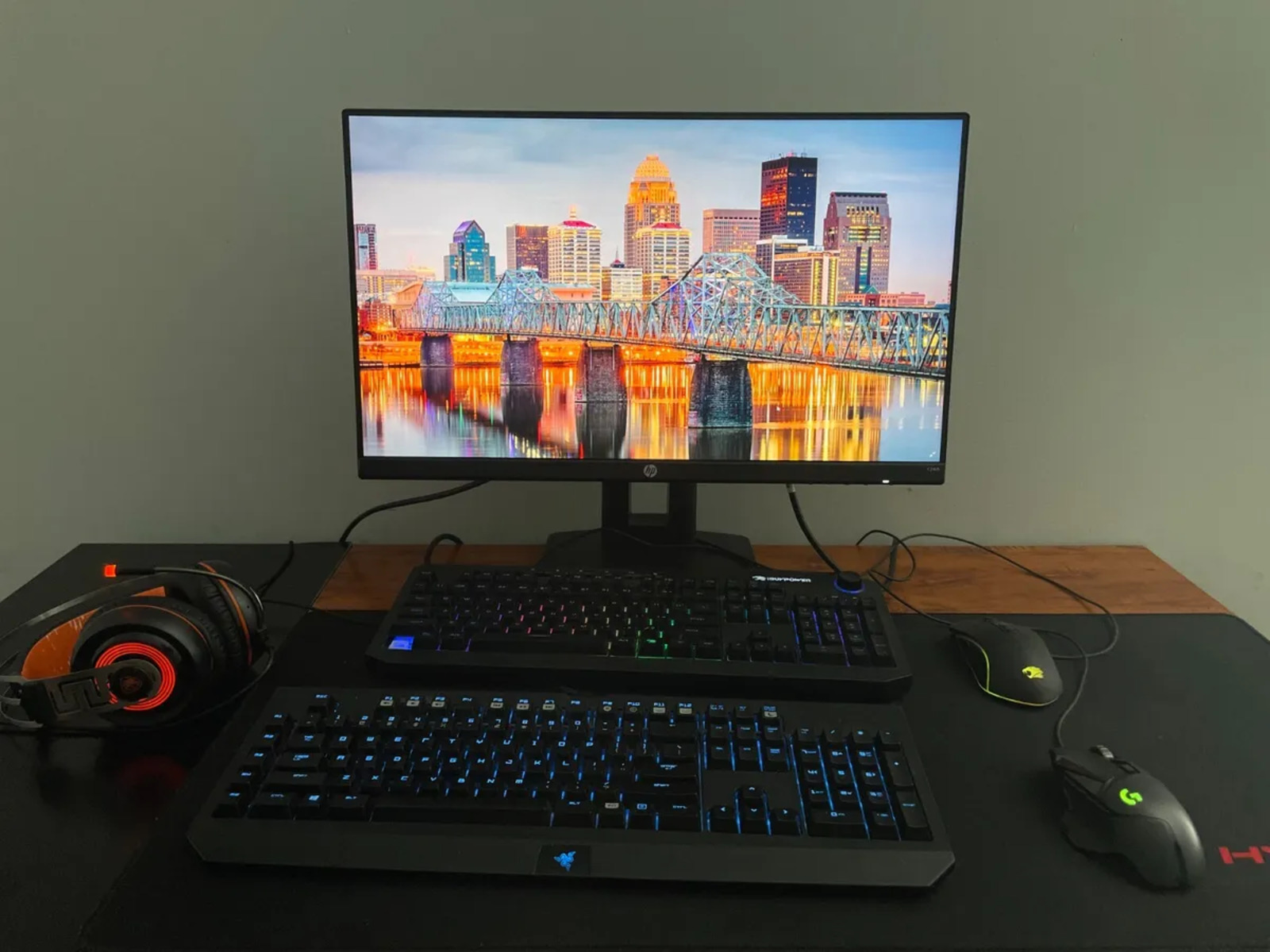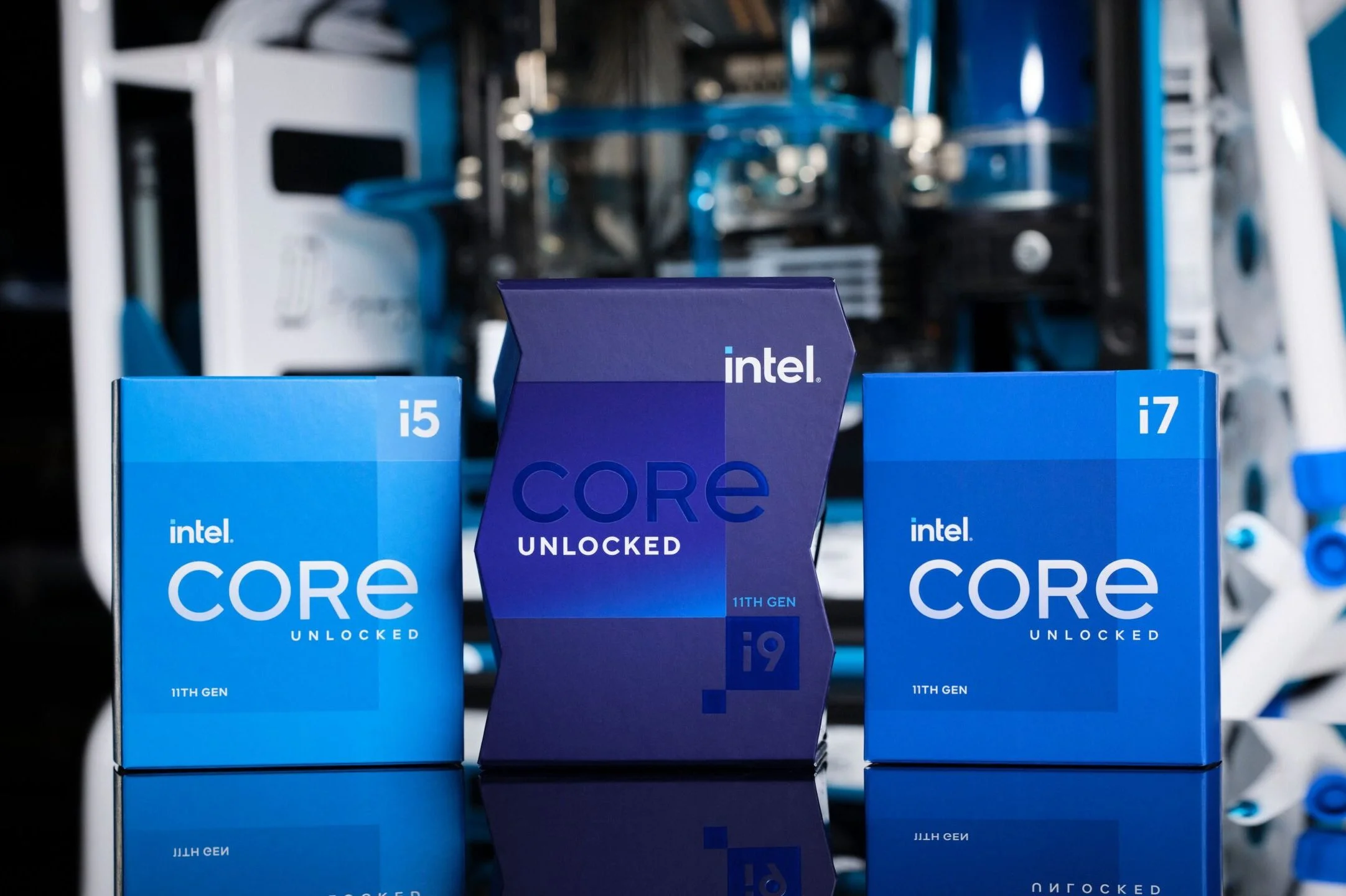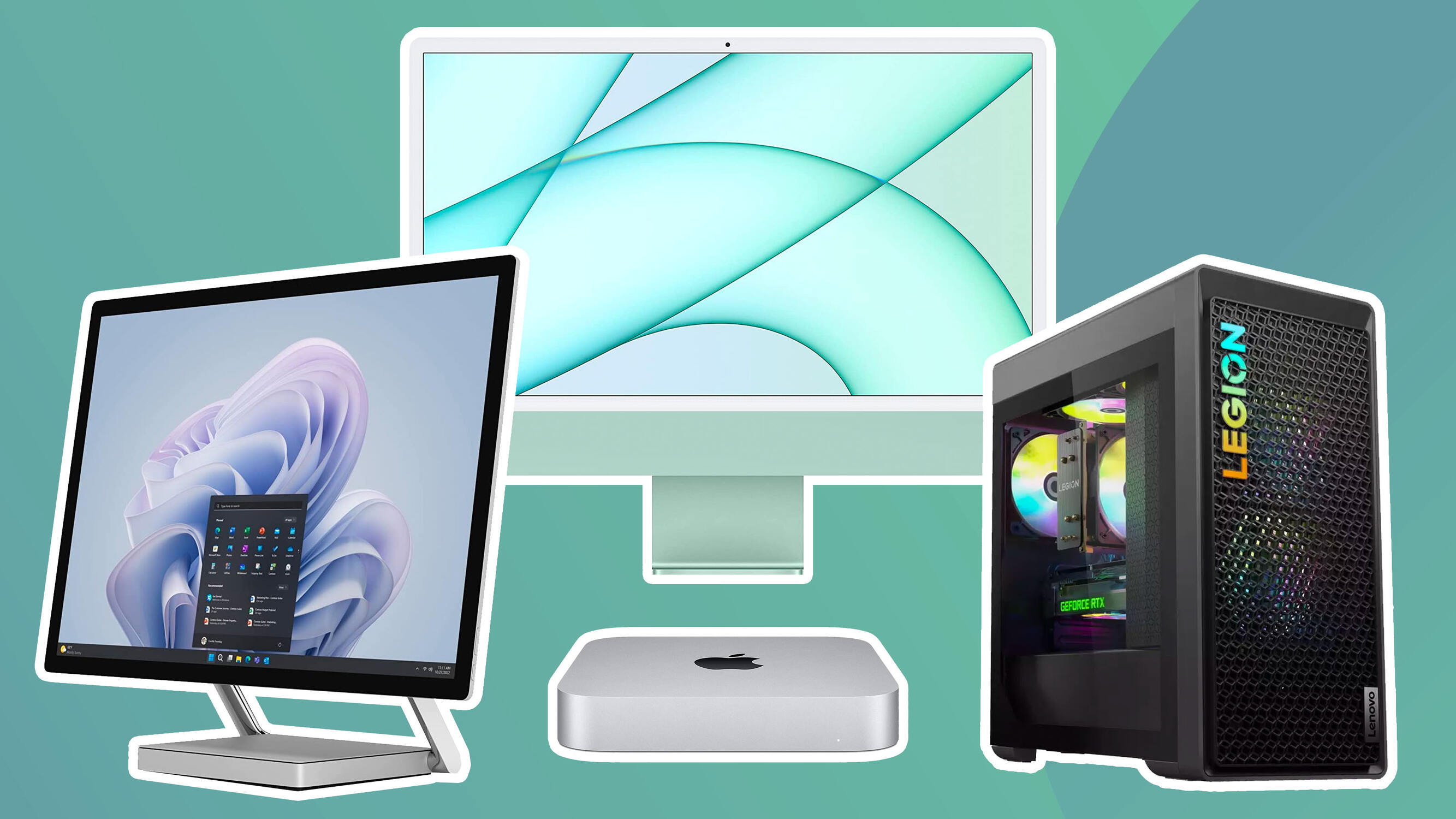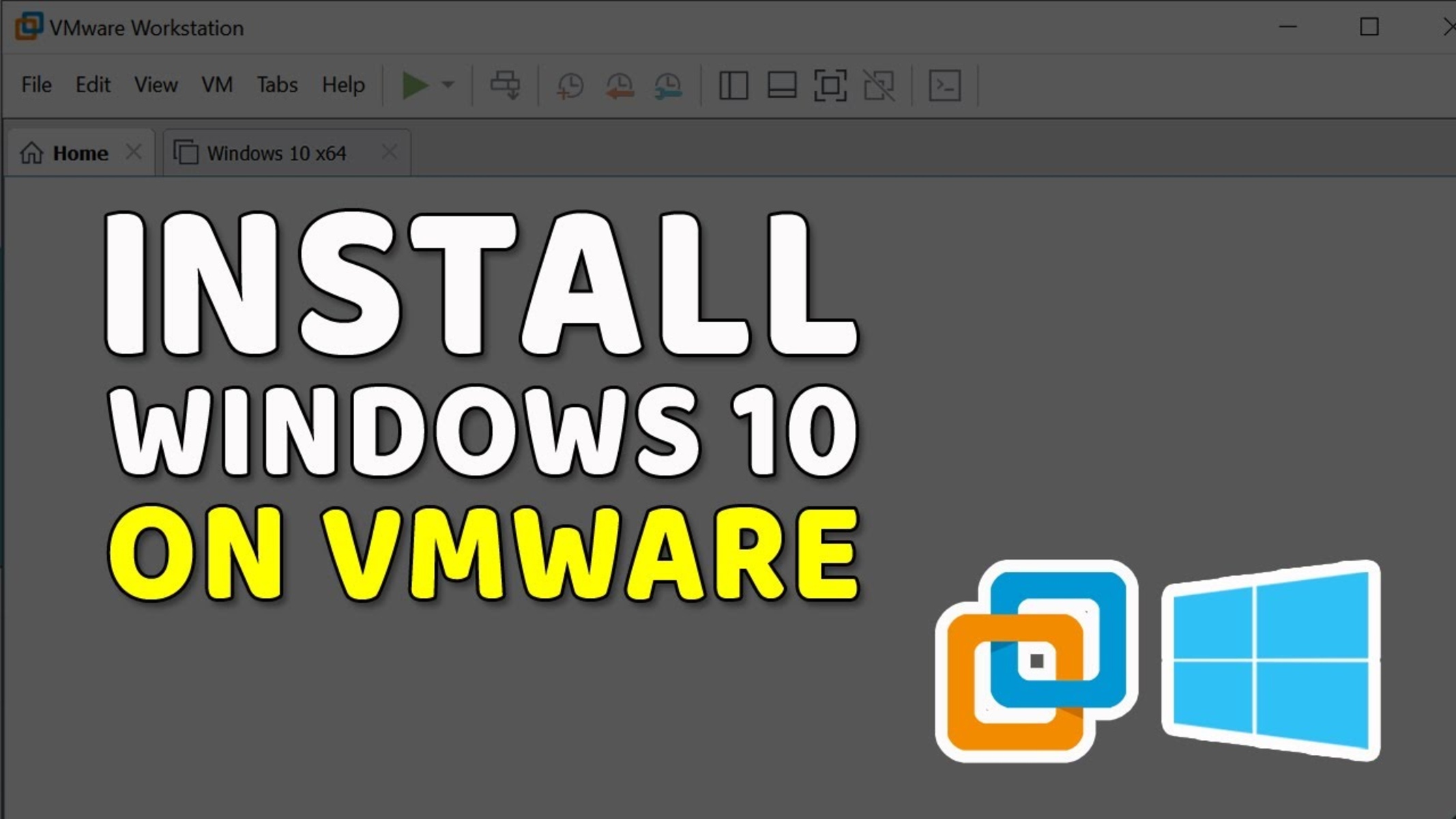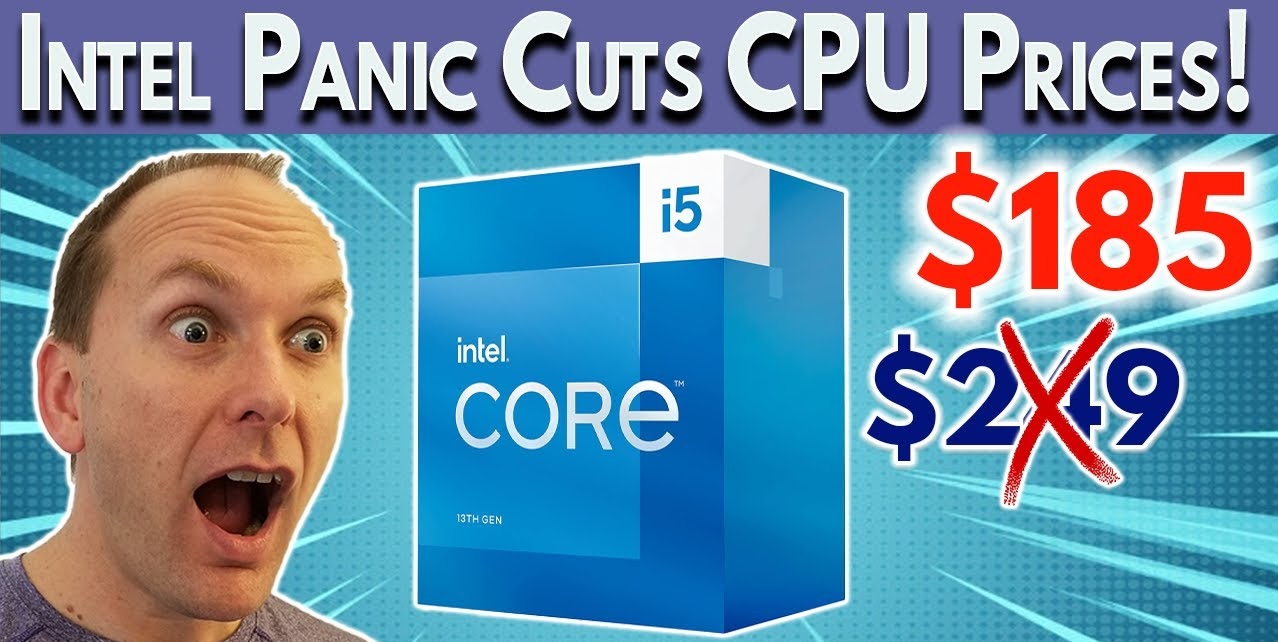Introduction
Choosing the best workstation CPU is crucial for professionals who rely on their computers for intensive tasks like video editing, 3D rendering, and data analysis. The central processing unit (CPU) serves as the brain of the workstation, executing instructions and performing complex calculations. It determines the speed and power of the system, directly impacting productivity and efficiency.
In today’s fast-paced technological landscape, the demand for high-performance workstation CPUs continues to grow. With numerous options available from various brands, selecting the right CPU can be a daunting task. The goal is to find a CPU that not only meets the specific requirements of your workload but also provides a balance of speed, reliability, and affordability.
When it comes to choosing a workstation CPU, several factors must be taken into consideration. These include the number of cores and threads, clock speed, cache size, power consumption, and compatibility with software applications. Additionally, factors such as cost, upgradeability options, and future-proofing should be considered to ensure a sound investment.
There are several prominent brands that offer workstation CPUs, each with its own strengths and specialties. Intel and AMD are two of the leading players in the market, known for their competitive performance and cutting-edge technologies. Other brands such as NVIDIA and ARM also provide specialized CPUs for specific use cases.
In this guide, we will provide an overview of the different workstation CPU brands and compare their key features. We will dive into the top workstation CPUs in the market and discuss their strengths and weaknesses. By the end, you will have a better understanding of what to look for in a workstation CPU and be able to make an informed decision based on your specific needs and budget.
What Is a Workstation CPU?
A workstation CPU, or central processing unit, is a core component of a high-performance computer system designed for professional and resource-intensive tasks. Unlike consumer-grade CPUs used in everyday computers, workstation CPUs are specially optimized to handle demanding workloads such as 3D modeling, video editing, scientific simulations, and virtualization.
Workstation CPUs typically have multiple cores, which are individual processing units within the CPU. These cores work together to execute multiple tasks simultaneously, improving overall performance and multitasking capabilities. In addition to cores, workstation CPUs also feature a high clock speed, which determines how quickly the CPU can process instructions.
One of the key differences between workstation CPUs and regular desktop CPUs is the ability to handle heavy workloads for extended periods without overheating. Workstation CPUs often have larger and more efficient cooling systems, such as heat sinks and fans, to ensure stable operation under heavy loads.
Cache size is another important aspect of a workstation CPU. The cache is a small but high-speed memory integrated into the CPU, acting as a temporary storage for frequently accessed data. A larger cache allows the CPU to access data faster, resulting in improved performance for tasks that require frequent data retrieval.
What sets workstation CPUs apart is their support for ECC (Error-Correcting Code) memory. ECC memory can detect and correct errors in data, ensuring the accuracy and reliability of calculations. This feature is critical for professionals in fields such as finance, engineering, and scientific research, where data integrity is paramount.
Workstation CPUs also offer enhanced security features, such as Intel’s vPro technology, which provides hardware-based security measures like secure boot, data encryption, and remote management capabilities. These security features help protect sensitive data and ensure the overall integrity of the workstation system.
Overall, a workstation CPU is a powerful and specialized component that caters to the needs of professionals in demanding fields. Its robust architecture, high performance, and advanced features make it an essential part of any workstation setup, enabling users to handle complex tasks efficiently and effectively.
Factors to Consider When Choosing a Workstation CPU
Choosing the right workstation CPU requires careful consideration of several crucial factors. These factors will ensure that the CPU meets your specific needs and enhances your productivity. Here are some key factors to consider when selecting a workstation CPU:
- Workload Requirements: Consider the type of tasks or applications you’ll be using on your workstation. Different workloads have different requirements, and it’s essential to choose a CPU that can handle your specific workload efficiently.
- Number of Cores and Threads: Cores and threads determine the CPU’s ability to handle multiple tasks simultaneously. A higher number of cores and threads provide better multitasking capabilities and improved performance for parallel processing tasks.
- Clock Speed: Clock speed refers to the speed at which the CPU executes instructions. A higher clock speed means faster processing, which is beneficial for applications that require real-time calculations or single-threaded performance.
- Cache Size: The cache is a small but high-speed memory integrated into the CPU. A larger cache enables the CPU to store frequently accessed data, resulting in faster computations and reduced latency.
- Power Consumption: Consider the power consumption of the CPU, especially if you are concerned about energy efficiency or if you have specific power limitations in your workspace. Lower power consumption can result in reduced operating costs and a smaller environmental footprint.
- Compatibility: Ensure that the CPU is compatible with your motherboard and other system components. Check the socket type, chipset compatibility, and any specific requirements for RAM and cooling solutions.
- Budget: Determine your budget and find a CPU that offers the best performance-to-price ratio within your price range. Consider whether investing in a higher-end CPU now will future-proof your workstation for upcoming software or task requirements.
- Upgradeability: Evaluate the potential for future upgrades. Look for CPUs that offer compatibility with newer generations, allowing you to easily upgrade your workstation’s performance without needing to replace the entire system.
By carefully considering these factors, you can make an informed decision and choose a workstation CPU that meets your specific needs, offers excellent performance, and provides value for your investment.
Overview of Different Workstation CPU Brands
When it comes to choosing a workstation CPU, several brands dominate the market, each offering their own unique set of features and technologies. Understanding the strengths of different CPU brands can help you make an informed decision. Let’s take a closer look at some of the prominent brands in the workstation CPU market:
- Intel: Intel is a well-established brand known for its high-performance CPUs. They offer a wide range of workstation CPUs with varying core counts and clock speeds. Intel CPUs often excel in single-threaded tasks and offer robust support for software applications. Additionally, Intel’s Xeon series is specifically designed for enterprise workstations, providing advanced features such as ECC memory support and higher core counts.
- AMD: AMD has made significant strides in the workstation CPU market with its Ryzen and Threadripper series. AMD CPUs are known for their excellent multi-threaded performance, making them ideal for productivity-focused workflows. AMD CPUs often offer more cores and threads compared to Intel at similar price points, making them a popular choice among professionals seeking maximum performance for their budget.
- NVIDIA: While primarily known for its graphics cards, NVIDIA also offers specialized workstation CPUs, such as the NVIDIA Grace CPU. These CPUs are designed specifically for AI and data analysis workloads, providing powerful processing capabilities for tasks that require high-speed computations and complex algorithms.
- IBM/PowerPC: IBM’s PowerPC architecture is well-regarded in the enterprise workstation market. PowerPC CPUs excel in handling high-performance computing tasks and are commonly used in industries such as aerospace, defense, and medical research where computational power is paramount.
- ARM: ARM processors are widely used in mobile devices but have also made their way into the workstation market. ARM-based CPUs, such as Apple’s M1 chip, offer excellent power efficiency and performance for certain workloads, particularly in the creative and content creation space.
It’s important to note that the choice of CPU brand ultimately depends on your specific workload requirements, budget, and compatibility with other system components. Consider the strengths and specialties of each brand, as well as user reviews and benchmarks, to determine which brand aligns best with your needs.
Comparison of Workstation CPUs
When comparing workstation CPUs, it’s important to evaluate their performance, features, and value for money. Here are some key factors to consider when comparing different workstation CPUs:
- Performance: Look at benchmarks and real-world performance tests to assess how different CPUs handle specific workloads. Pay attention to both single-threaded and multi-threaded performance, as different applications may benefit from one or the other.
- Core Count and Clock Speed: Consider the number of cores and threads as well as the clock speed of the CPU. More cores and higher clock speeds generally result in better performance, especially for multi-threaded workloads.
- Cache Size: Evaluate the cache size, as a larger cache can improve performance by reducing the need for frequent data retrieval from slower memory sources.
- ECC Memory Support: If data integrity is crucial for your work, prioritize CPUs that support ECC memory. ECC memory can detect and correct errors, ensuring the accuracy and reliability of calculations.
- Power Consumption: Consider the power consumption of the CPU, particularly if energy efficiency is a concern. Lower power consumption can result in cost savings and reduced environmental impact.
- Price-to-Performance Ratio: Assess the overall value for money by comparing the performance of the CPU with its price tag. Look for CPUs that offer a balance of performance and affordability.
- Compatibility: Ensure that the CPU is compatible with your motherboard and other system components. Check the socket type, chipset compatibility, and any specific requirements for RAM and cooling solutions.
- Specialized Features: Some CPUs come with additional features, such as integrated graphics or specific hardware optimizations for certain software applications. Consider these specialized features if they align with your workflow requirements.
It’s important to keep in mind that workstation CPUs are constantly evolving, with new models being released regularly. Stay updated on the latest releases and compare the specifications and performance of the latest offerings to make an informed decision based on your specific needs and budget.
Top Workstation CPUs in the Market
The market for workstation CPUs is highly competitive, with various models vying for the top spot. Here are some of the leading workstation CPUs that offer exceptional performance and cater to different user requirements:
- Intel Core i9-10980XE: This high-end CPU from Intel boasts 18 cores and 36 threads, providing powerful performance for demanding workloads. With a base clock speed of 3.0 GHz and a maximum turbo frequency of 4.8 GHz, it excels in both single-threaded and multi-threaded tasks. The Core i9-10980XE is a popular choice for professionals in fields like video editing, 3D rendering, and scientific simulations.
- AMD Ryzen 9 5950X: AMD’s flagship Ryzen CPU delivers impressive performance with 16 cores and 32 threads. With a base clock speed of 3.4 GHz and a boost clock speed of up to 4.9 GHz, it excels at multitasking and heavy workloads. The Ryzen 9 5950X offers excellent value for money and is favored by professionals in content creation, software development, and virtualization.
- Intel Xeon W-3175X: Designed for enterprise workstations, the Intel Xeon W-3175X is a powerhouse with 28 cores and 56 threads. With a base clock speed of 3.1 GHz and a boost clock speed of up to 4.3 GHz, it offers exceptional performance for demanding workloads. The Xeon W-3175X is commonly used in industries where computational power is critical, such as engineering, finance, and scientific research.
- AMD Threadripper 3990X: The Threadripper 3990X packs a whopping 64 cores and 128 threads, making it a beast for highly threaded workloads like video editing, 3D rendering, and simulation. With a base clock speed of 2.9 GHz and a boost clock speed of up to 4.3 GHz, it breaks performance barriers and delivers unparalleled power for professionals needing maximum performance.
- Apple M1: Apple’s M1 chip, powering their latest Macs, is a revolutionary ARM-based CPU that boasts impressive performance and energy efficiency. With a unified architecture, 8-core CPU, and an integrated GPU, it offers excellent performance for creative tasks like photo editing and video rendering. The M1 chip is a standout option for Mac users seeking power-efficient performance.
These workstation CPUs represent some of the best options currently available in the market. However, it’s important to note that the choice of CPU should align with your specific workflow requirements and budget. Consider the performance benchmarks, features, and compatibility with your software applications when making a decision.
Conclusion
Choosing the best workstation CPU for your needs is crucial to ensure optimal performance and productivity in demanding workloads. By considering the factors such as workload requirements, core count, clock speed, cache size, power consumption, compatibility, budget, and upgradeability, you can make an informed decision.
Several prominent brands dominate the workstation CPU market, including Intel, AMD, NVIDIA, IBM/PowerPC, and ARM. Each brand offers unique features and specialties, so it’s important to evaluate their offerings to find the best fit for your specific requirements.
When comparing workstation CPUs, factors such as performance, core count, clock speed, cache size, ECC memory support, power consumption, price-to-performance ratio, compatibility, and specialized features should be considered. These factors will help you assess the CPUs’ capabilities and determine which one aligns best with your workload and budget.
Some of the top workstation CPUs in the market include the Intel Core i9-10980XE, AMD Ryzen 9 5950X, Intel Xeon W-3175X, AMD Threadripper 3990X, and Apple M1. These CPUs offer impressive performance, suitable for a range of professional applications.
In conclusion, selecting the right workstation CPU is a critical decision that requires careful consideration of your specific needs and budget. By evaluating the different factors, comparing the offerings from various brands, and considering the top workstation CPUs in the market, you can make an informed choice that will enhance your productivity and efficiency in demanding workloads.







